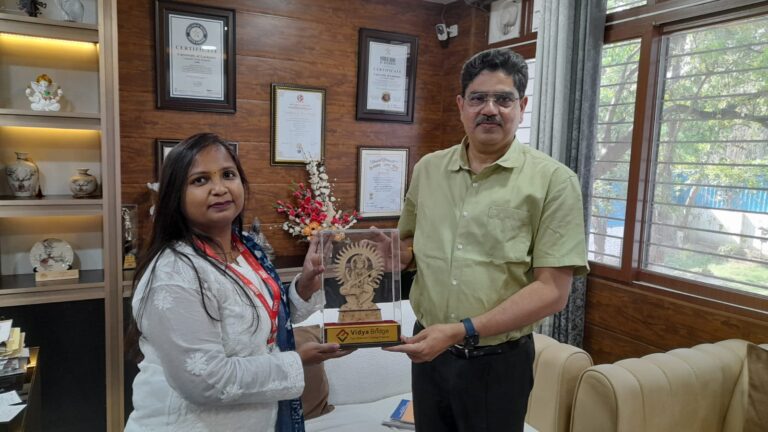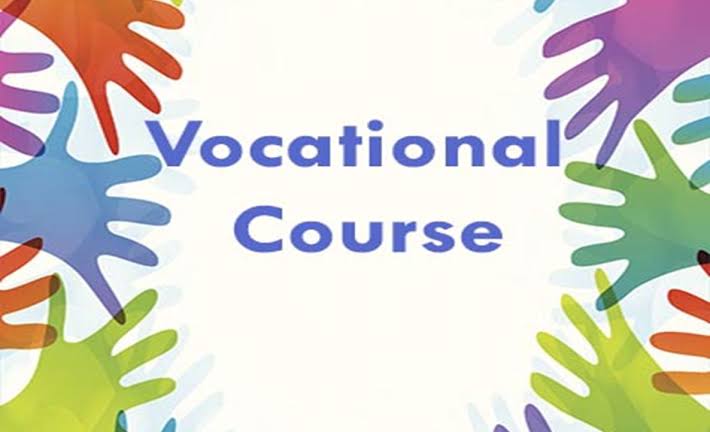Lucknow University D. Pharm Entrance Exam Syllabus 2025 – Complete Guide
Are you preparing for the Lucknow University D. Pharm Entrance Exam 2025? Here’s a detailed breakdown of the syllabus to help you ace the test. The entrance exam consists of 100 multiple-choice questions (MCQs), split into:
- 50 questions from Physics & Chemistry (10+2 level)
- 50 questions from Mathematics or Biology (10+2 level) (candidate’s choice)
Let’s dive into the syllabus for each subject.
📚 Biology Syllabus (For Biology Group – Botany & Zoology)
The Biology section covers topics from Class 11 and 12 levels, emphasizing both plant and human biology.
Botany Topics:
- The Living World – Characteristics of living organisms
- Biological Classification – Five kingdoms, viruses, and lichens
- Plant Kingdom – Algae, bryophytes, pteridophytes, gymnosperms, and angiosperms
- Morphology of Flowering Plants – Root, stem, leaf, inflorescence, and fruit
- Anatomy of Flowering Plants – Tissues and tissue systems
- Cell: The Unit of Life – Structure and functions of cell organelles
- Biomolecules – Carbohydrates, proteins, and enzymes
- Cell Cycle and Cell Division – Mitosis and meiosis
- Transport in Plants – Mechanisms of absorption and transport
- Mineral Nutrition – Essential minerals and their functions
- Photosynthesis in Higher Plants – Light and dark reactions
- Respiration in Plants – Glycolysis, Krebs cycle, and electron transport chain
- Plant Growth and Development – Growth regulators and seed germinationClick to Enroll D. Pharm Entrance Exam Batch 2025
Zoology Topics:
- Structural Organisation in Animals – Animal tissues and organs
- Digestion and Absorption – Human digestive system
- Breathing and Exchange of Gases – Respiratory system in humans
- Body Fluids and Circulation – Blood composition and heart structure
- Excretory Products and their Elimination – Human excretory system
- Locomotion and Movement – Muscle contraction and skeletal system
- Neural Control and Coordination – Human nervous system and reflex actions
- Chemical Coordination and Integration – Endocrine glands and hormones
- Reproduction in Organisms – Asexual and sexual reproduction
- Human Reproduction – Male and female reproductive systems
- Reproductive Health – Contraceptives and reproductive technologies
- Principles of Inheritance and Variation – Mendel’s laws and gene mapping
- Molecular Basis of Inheritance – DNA structure and replication
- Evolution – Theories and evidence of evolution
- Human Health and Disease – Immunity and common diseases
- Strategies for Enhancement in Food Production – Animal husbandry and plant breeding
- Microbes in Human Welfare – Antibiotics and industrial use of microbes
- Biotechnology: Principles and Processes – Recombinant DNA technology
- Biotechnology and its Applications – Genetically modified organisms and bio-patents
- Organisms and Populations – Ecology and population interactions
- Ecosystem – Components and energy flow
- Biodiversity and Conservation – Types and importance of biodiversity
- Environmental Issues – Pollution and global warming
🧪 Chemistry Syllabus (10+2 Level)
The Chemistry section is divided into Physical, Organic, and Inorganic Chemistry topics.
Physical Chemistry:
- Some Basic Concepts of Chemistry – Mole concept and stoichiometry
- Structure of Atom – Bohr’s model and quantum numbers
- Chemical Bonding and Molecular Structure – Hybridization and molecular orbital theory
- Thermodynamics – Laws of thermodynamics and enthalpy
- Equilibrium – Chemical and ionic equilibrium
- Solutions – Colligative properties and Raoult’s Law
- Electrochemistry – Nernst equation and types of cells
- Chemical Kinetics – Rate laws and Arrhenius equation
Inorganic Chemistry:
- Classification of Elements and Periodicity – Periodic trends and properties
- The p-Block Elements (Groups 13 and 14) – Boron and carbon family
- The d- and f-Block Elements – Transition metals and their properties
- Coordination Compounds – Werner’s theory and isomerism
- p-Block Elements (Groups 15 to 18) – Nitrogen, oxygen, halogens, and noble gases
Organic Chemistry:
- Hydrocarbons – Alkanes, alkenes, and aromatic hydrocarbons
- Haloalkanes and Haloarenes – Nucleophilic substitution reactions
- Alcohols, Phenols, and Ethers – Properties and reactions
- Aldehydes, Ketones, and Carboxylic Acids – Nucleophilic addition reactions
- Amines – Structure, properties, and reactions
- Biomolecules – Structure and functions of carbohydrates and proteins
📐 Mathematics Syllabus (10+2 Level)
Candidates opting for Mathematics should prepare from the following topics:
Algebra and Trigonometry:
- Sets, Relations, and Functions – Venn diagrams and types of functions
- Complex Numbers and Quadratic Equations – Modulus and argument of complex numbers
- Binomial Theorem – Expansion and middle term
- Sequences and Series – Arithmetic and geometric progressions
- Trigonometric Functions and Inverse Trigonometric Functions – Identities and graphs
Coordinate Geometry and Calculus:
- Straight Lines and Conic Sections – Parabola, ellipse, and hyperbola
- Three-Dimensional Geometry – Distance and section formula
- Limits and Derivatives – Differentiation techniques and applications
- Integrals and Differential Equations – Indefinite and definite integrals
Statistics and Probability:
- Statistics – Measures of dispersion and central tendency
- Probability – Conditional probability and Bayes’ theorem
Linear Algebra and Applications:
- Matrices and Determinants – Properties and operations
- Linear Programming – Optimization techniques
- Vectors and Three-Dimensional Geometry – Vector algebra and cross product
⚙️ Physics Syllabus (10+2 Level)
Physics questions cover concepts from mechanics, electromagnetism, and modern physics.
Mechanics:
- Units and Measurements – SI units and significant figures
- Motion in a Straight Line and Plane – Kinematics and projectile motion
- Laws of Motion – Newton’s laws and friction
- Work, Energy, and Power – Conservation of energy
- Rotational Motion and Gravitation – Moment of inertia and Kepler’s laws
- Mechanical Properties of Solids and Fluids – Stress-strain and Bernoulli’s theorem
- Thermal Properties of Matter and Thermodynamics – Heat transfer and laws of thermodynamics
- Oscillations and Waves – Simple harmonic motion and wave properties
Electromagnetism and Optics:
- Electric Charges and Fields – Coulomb’s law and Gauss’s theorem
- Electrostatic Potential and Capacitance – Capacitance and dielectrics
- Current Electricity – Ohm’s law and circuits
- Magnetism and Matter – Magnetic fields and properties of materials
- Electromagnetic Induction and Alternating Current – Faraday’s laws and LCR circuits
- Ray Optics and Wave Optics – Reflection, refraction, and interference
Modern Physics:
- Dual Nature of Radiation and Matter – Photoelectric effect
- Atoms and Nuclei – Bohr’s model and radioactivity
- Semiconductor Electronics – Diodes and transistors
🚀 Preparation Tips for Lucknow University D. Pharm Entrance Exam:
- 📚 Study Smart: Focus on Class 11 and 12 NCERT textbooks, which cover the syllabus comprehensively.
- 🧠 Practice MCQs: Solve previous year’s papers and mock tests to boost speed and accuracy.
- 📝 Time Management: Practice completing 100 MCQs within the exam duration.
- 💻 Enroll in Online Coaching: Look for platforms offering live classes, mock tests, and expert mentorship.
📢 Why Choose LUupdate for Your Preparation?
✅ LIVE Classes for all subjects
✅ 5000+ MCQs for practice
✅ 20 Mock Tests simulating actual exam patterns
✅ Expert Mentorship for doubt resolution and strategy planning
📌 Enroll Now & Secure Your Seat! 🚀
Good Luck with your preparation! 🎯📚✨






